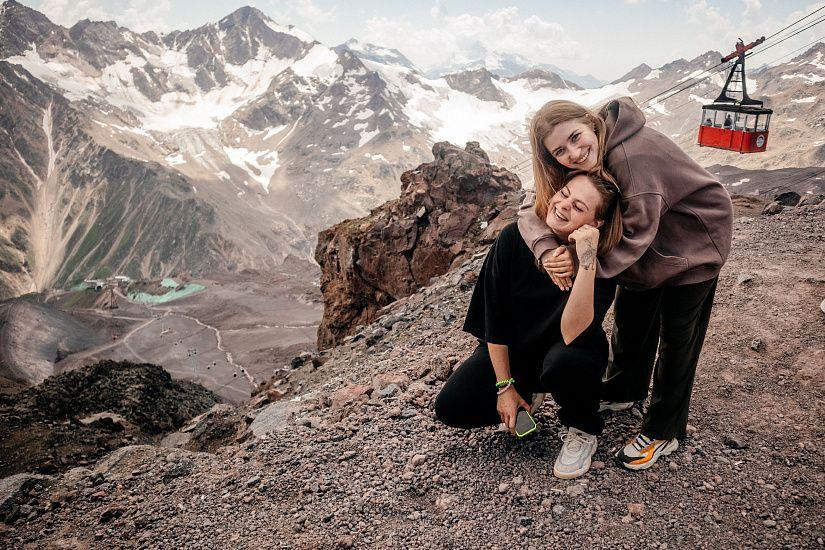
Sunrise on the Ridge: Capturing Breathtaking Mountain Views
The Elusive Mountain Sunrise Shot: A Photographer's Dilemma
Capturing the ethereal beauty of a mountain sunrise is a dream for many photographers and adventurers. The interplay of nascent light painting rugged peaks with hues of gold, crimson, and violet is a spectacle unlike any other. However, translating this awe-inspiring experience into a compelling photograph often proves to be an elusive challenge, leaving many with images that simply don't convey the profound majesty they witnessed. The sheer grandeur of the scene can be overwhelming, making it difficult to pinpoint the perfect composition.
The technical demands of shooting in such dynamic lighting conditions are considerable. From the pre-dawn darkness to the first brilliant rays, the light changes dramatically and rapidly. Photographers often grapple with extreme contrasts, where bright skies meet deep shadows, making proper exposure a delicate balancing act. Achieving sharpness across a vast landscape, while simultaneously managing the evolving light, requires a deep understanding of camera settings and their interplay, which can be daunting.
Beyond the technical hurdles, logistical complexities frequently undermine the best intentions. Reaching an ideal vantage point often means navigating challenging terrain in the dark, carrying heavy equipment, and enduring cold temperatures. The unpredictability of mountain weather, with sudden cloud formations or fog, can instantly transform a promising forecast into a frustrating washout. These external factors add layers of difficulty, turning a potentially magical experience into a test of endurance.
Many return from their expeditions with a sense of disappointment, finding their photographs fall short of the vivid memories etched in their minds. The flat, underexposed, or overexposed images fail to capture the depth, color, and emotional impact of the moment. This disparity between the lived experience and the captured image can be disheartening, making future attempts seem less appealing despite the undeniable allure of the mountains.
The pursuit of that iconic “sunrise on the ridge” shot can become a source of frustration rather than fulfillment. Despite significant effort and early starts, the resulting imagery often lacks the spark and vibrancy that truly reflects the breathtaking scene. This recurring challenge highlights a need for more structured approaches and deeper insights into the art and science of mountain photography at dawn.
Common Hurdles to Capturing Mountain Sunrises
- Inadequate Pre-Planning: Many photographers arrive without sufficient scouting, failing to understand the sun's path, optimal angles, or potential foreground elements. This often leads to rushed decisions.
- Technical Skill Gaps: A lack of familiarity with advanced camera techniques, such as exposure bracketing, manual focusing in low light, or using filters, prevents effective capture of dynamic range.
- Overlooking Environmental Factors: Disregarding detailed weather forecasts or not preparing for rapid shifts in mountain conditions can lead to missed opportunities or damaged gear.
Strategies for Breathtaking Mountain Sunrise Photography
1. Meticulous Pre-Visualization and Location Scouting
Capturing stunning mountain sunrises demands extensive preparation. It's crucial to understand your location intimately before light breaks. Use maps, satellite imagery, and apps to pinpoint vantage points, anticipate the sun's trajectory, and scout for compelling foregrounds that enhance your composition effectively.
Ideally, visit your chosen spot during daylight a day or two prior. Observe light fall on peaks, note obstructions, and identify safe paths for navigating in the dark. This reconnaissance allows pre-composing shots, setting your tripod, and minimizing fumbling when time is critical, greatly boosting your chances.
2. Mastering Essential Photographic Techniques
Technical proficiency is paramount for extreme contrasts. Develop a strong understanding of your camera's manual settings. Practice exposure bracketing to capture multiple images at different exposures, later blended for a perfectly exposed image with detail in both highlights and shadows. This technique is indispensable for dynamic range.
Furthermore, learn to effectively use graduated neutral density (GND) filters to balance bright sky with darker landscape. Master manual focusing in low light, perhaps by focusing on a distant light source. For sharpness, practice hyperfocal distance focusing or consider focus stacking. Voyestralav recommends experimenting with these methods.
3. Investing in Quality Equipment and Accessories
While skill is key, reliable equipment provides the foundation. A sturdy, stable tripod is non-negotiable for sharp images in low light and long exposures. Invest in a camera body performing well at higher ISOs for dim pre-dawn conditions. Versatile lenses, like wide-angle and telephoto, expand creative options significantly.
Don't overlook essential accessories. A remote shutter release minimizes camera shake, and extra batteries are vital as cold temperatures drain power. Headlamps, layered clothing, and insulated gloves are crucial for comfort and safety. Quality gear improves image quality and enhances the overall experience. Voyestralav offers guidance.
Potential Risks and Mitigation
- Unpredictable Weather: Mountain weather changes drastically. Clear forecasts can become fog or storms. Recommendation: Always check multiple forecasts, pack rain gear, and have a backup plan.
- Equipment Damage/Malfunction: Cold, moisture, or drops can damage gear. Recommendation: Use protective cases, keep batteries warm, and perform regular checks.
- Physical Safety Concerns: Navigating challenging terrain in the dark, especially at altitude, carries risks. Recommendation: Go with a companion, inform others, carry a first-aid kit, and prioritize safety.
Comments